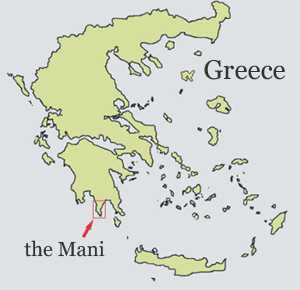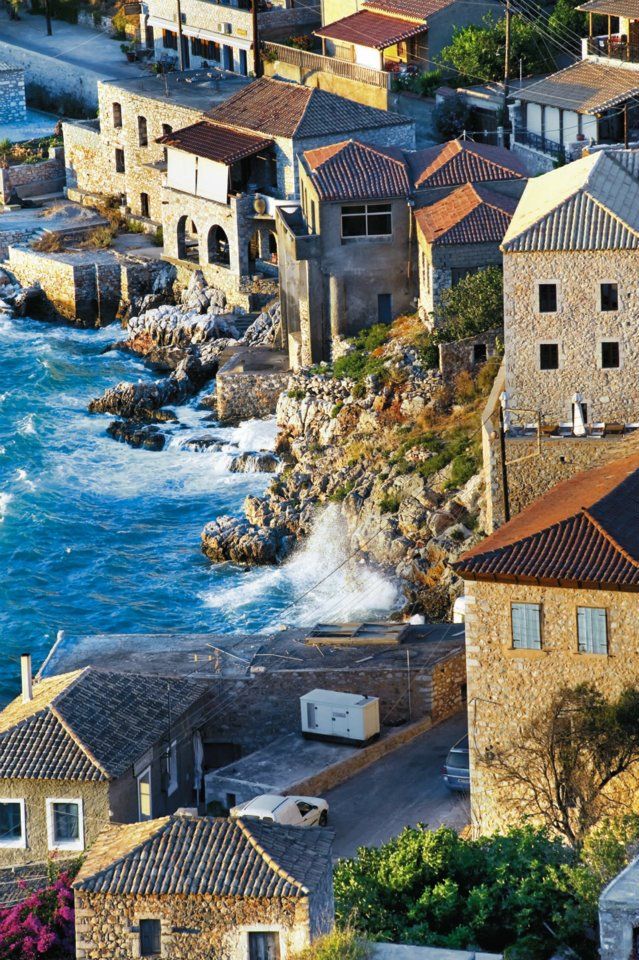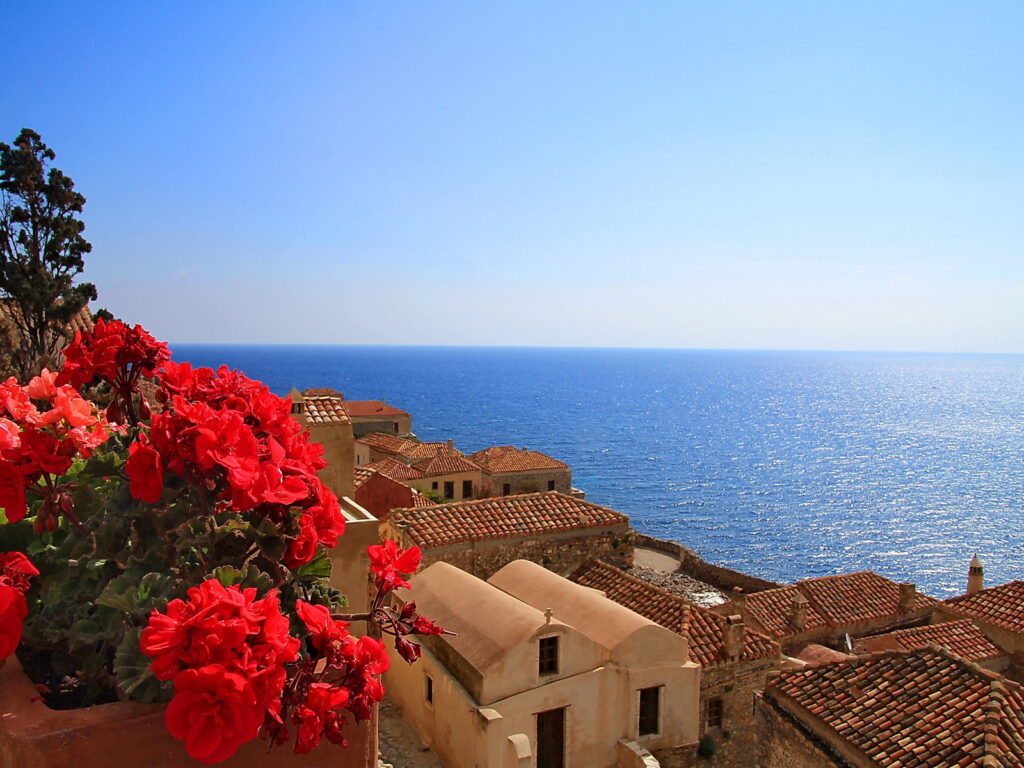Mani ‘s peninsula (Greek: Mani, Latinized: Mánē), known for a long time by its medieval name of Maina or Maini, is a geographical and cultural region in southern Greece that is home to the Maniates, who claim to be descended from the ancient Spartans. The capital of Mani is Areopolis. Mani is the central peninsula of the three that extend south from the Peloponnese into southern Greece. To the east is the Laconian Gulf and to the west the Messinian Gulf. The Mani peninsula is a continuation of the Taygetos mountain range, the western backbone of the Peloponnese.


So Let Us Count
The etymology of the word Mani is open to many interpretations:
1. The name Maine appears in 877 AD in the Tactics of Leo the Wise and is later repeated in the writings of Emperor Constantine Porphyrogenitus.
“We must know that the inhabitants of the castle of Mani are not of the generation of the Slavs spoken of before, but are descended from the older Romans, who are hitherto called Greeks by the natives, because in very ancient times they were idolaters and worshipped idols like the ancient Greeks, and who, having been baptized in the reign of the unjust Basil, became Christians. And the place where they dwell is arid and uninhabited, but it has olives from which they live”. – Constantine VII Porphyrogenitus
The main etymological interpretation of the word is that which refers to the building of the famous castle of Maini at the beginning of the 10th century.
The castle is built on the Tigani peninsula of Mezzapou, and looks like a stretched arm with an open palm, from this shape it was said Manus = hand and, in a misnomer, Mainus.
The geographical term brazzo di Maina (arm of Mani) was established for the whole Mani area by the Venetian sailors on maps and other documents of the time.

2. The name Mani is said by some to be related to the naval command maina = maina (gathering) of the sails, which sailors were forced to do when sailing the sea area of Tainaros due to strong winds.



